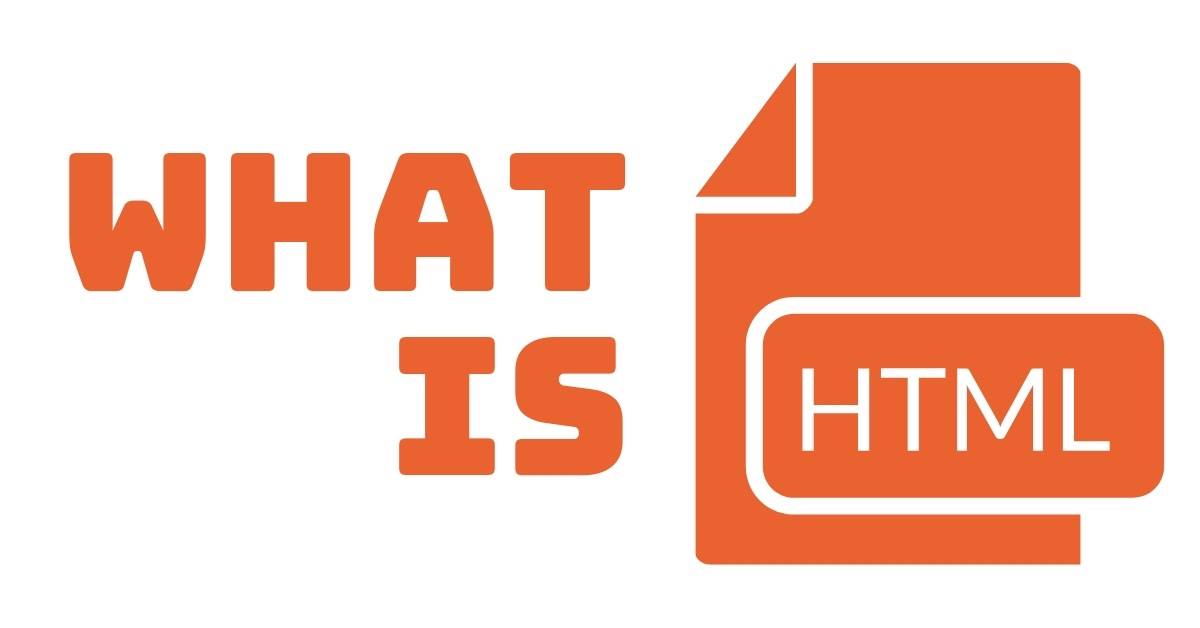The Basics of Coding: HTML, CSS, JavaScript
Coding has become an essential skill in today's digital world. Whether you are a student, a professional, or simply someone who wants to learn how to code HTML, CSS, and JavaScript are the building blocks of web development. In this article, we will explore the basics of coding using these three languages.
HTML (Hypertext Markup Language)
HTML is the foundation of web development. It is a markup language that is used to create the structure of web pages. HTML uses a series of tags to define the elements of a web page such as headings, paragraphs, images, and links.
To start using HTML, you need a text editor like Notepad or Sublime Text. You can create a new HTML document by opening a text editor and typing the following code:
HTML
<!DOCTYPE html>
<html>
<head>
<title>My Webpage</title>
</head>
<body>
<h1>Welcome to my webpage</h1>
<p>This is the first paragraph of my webpage.</p>
<img src="image.jpg" alt="My Image">
<a href="https://www.example.com">Click here to visit Example.com</a>
</body>
</html>
Let's break down this code. The <!DOCTYPE html> tag tells the browser that this is an HTML document. The <html> tag indicates the start of an HTML document, and the </html> tag indicates the end of the document. The <head> tag contains information about the document, such as the title, which is displayed in the browser's tab. The <body> tag contains the content of the webpage, such as headings, paragraphs, images, and links.
CSS (Cascading Style Sheets)
CSS is used to add style and formatting to web pages. It is a separate language from HTML, but it is used in conjunction with HTML to create visually appealing web pages.
To use CSS, you need to create a separate CSS file with a .css extension. In the HTML document, you need to link to the CSS file using the <link> tag.
Here is an example of CSS code:
body {
background-color: #f2f2f2;
font-family: Arial, sans-serif;
}
h1 {
color: blue;
text-align: center;
}
p {
color: red;
font-size: 18px;
}
In this example, we have defined the style for the body, h1, and p elements. The background-colour property sets the background colour of the body element. The font-family property sets the font family for the body element. The colour property sets the colour of the text for the h1 and p elements. The text-align property sets the text alignment for the h1 element. The font-size property sets the font size for the p element.
JavaScript
JavaScript is a programming language that is used to create interactive and dynamic web pages. It is used to add functionality to web pages, such as form validation, user input, and animations.
To use JavaScript, you need to create a separate .js file and link to it using the <script> tag. Here is an example of JavaScript code:
function myFunction() { var x = document.getElementById("myText").value; document.getElementById("demo").innerHTML = x; }
In this example, we have created a function called myFunction(). This function gets the value of an input field with the ID myText and sets the value of a div element with the ID demo to the value of the input field. This function is triggered by a button click event.
Conclusion
HTML, CSS, and JavaScript are the fundamental languages of web development. HTML is used to create the structure of web pages, CSS is used to add style and formatting, and JavaScript is used to add interactivity and functionality. By mastering these three languages, you can create dynamic and engaging web pages.
In addition to the basics covered in this article, there are many advanced concepts in web development that you can explore. Some of these include responsive design, web accessibility, web performance optimization, and more.
Learning to code can seem daunting at first, but with practice and patience, anyone can become a proficient coder. There are many resources available online that can help you learn, including tutorials, online courses, and forums.
In conclusion, HTML, CSS, and JavaScript are the building blocks of web development. By understanding these three languages, you can create beautiful, functional, and engaging web pages. Whether you are a beginner or an experienced developer, these languages will always be essential tools in your coding toolbox.
So, if you are interested in web development, it is highly recommended that you start by learning HTML, CSS, and JavaScript. You can start by creating simple web pages and gradually move on to more complex projects.
One of the great things about these languages is that they are constantly evolving, with new features and updates being added all the time. This means that there is always something new to learn and explore.
In addition to web development, these languages can also be used for other purposes, such as building mobile applications, desktop applications, and even games.
To get started with coding, you need to have a passion for learning and a willingness to put in the time and effort required to master these languages. You can find plenty of resources online, including tutorials, courses, and forums, to help you along the way.
In conclusion, HTML, CSS, and JavaScript are the backbone of web development. By understanding the basics of these languages, you can build functional and visually appealing web pages. Whether you are a beginner or an experienced developer, these languages are essential tools in your coding toolkit. So start learning today and discover the exciting world of web development!
Tags:
web-desing



